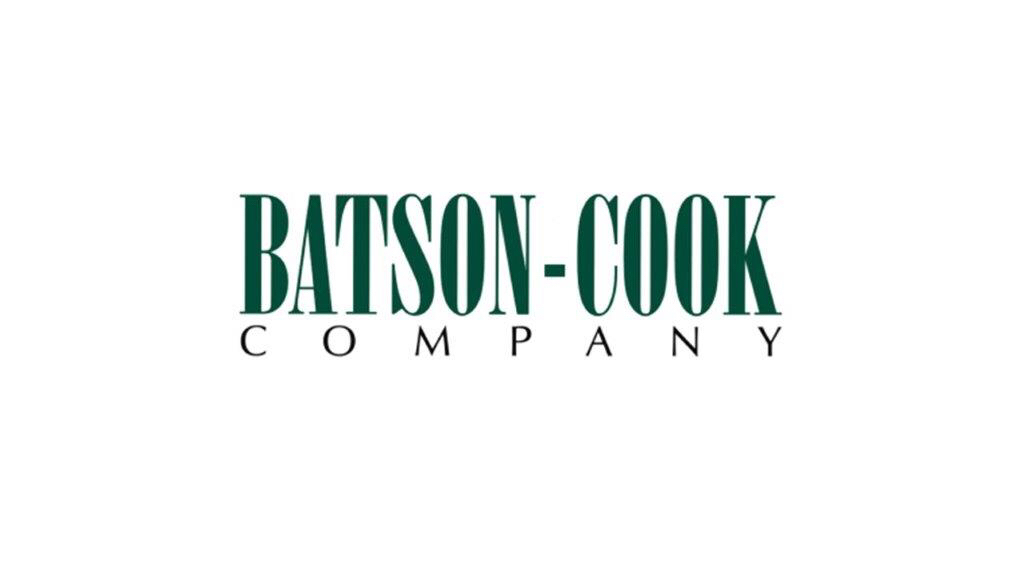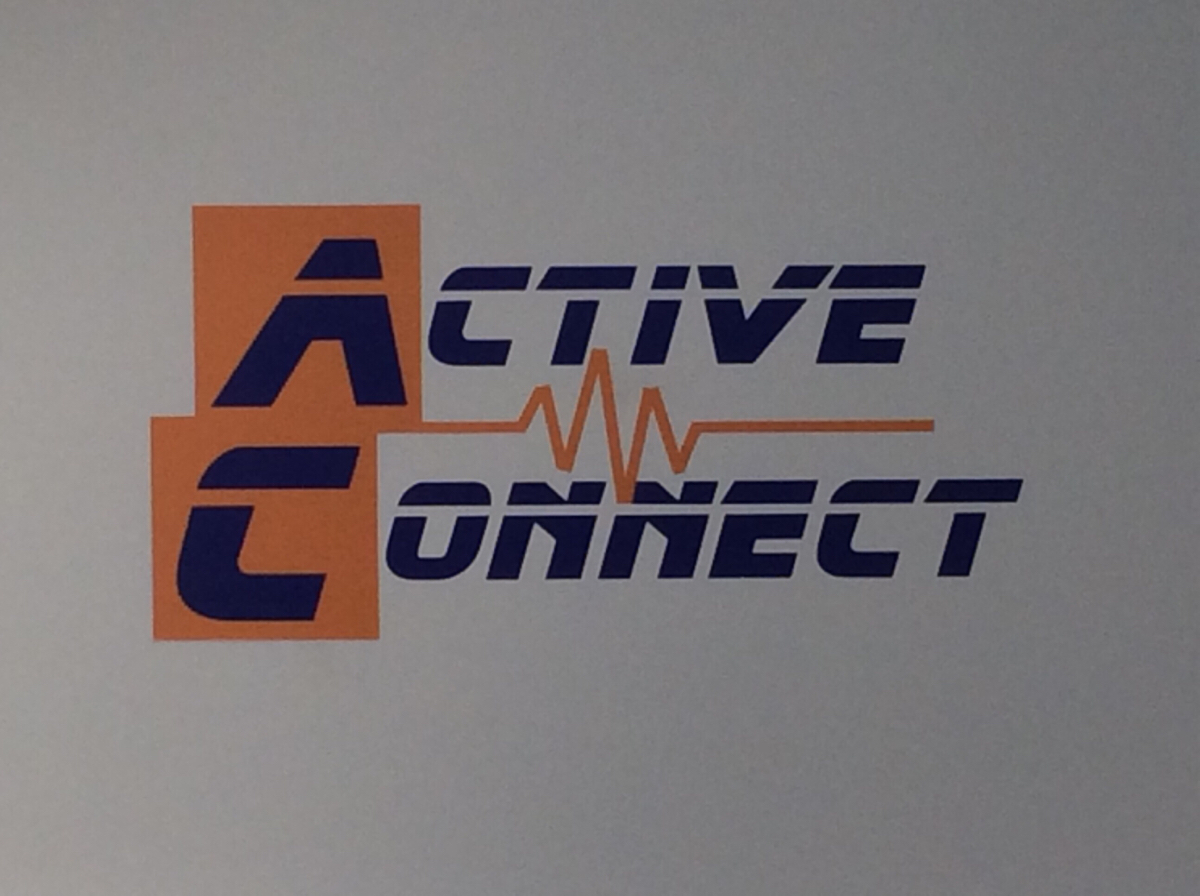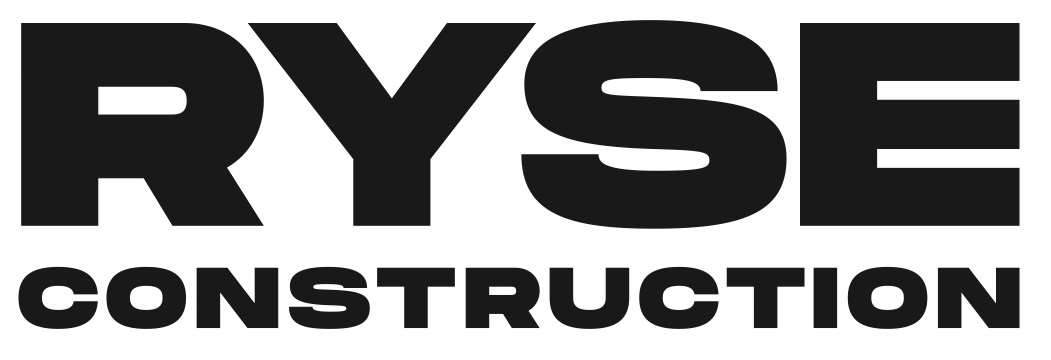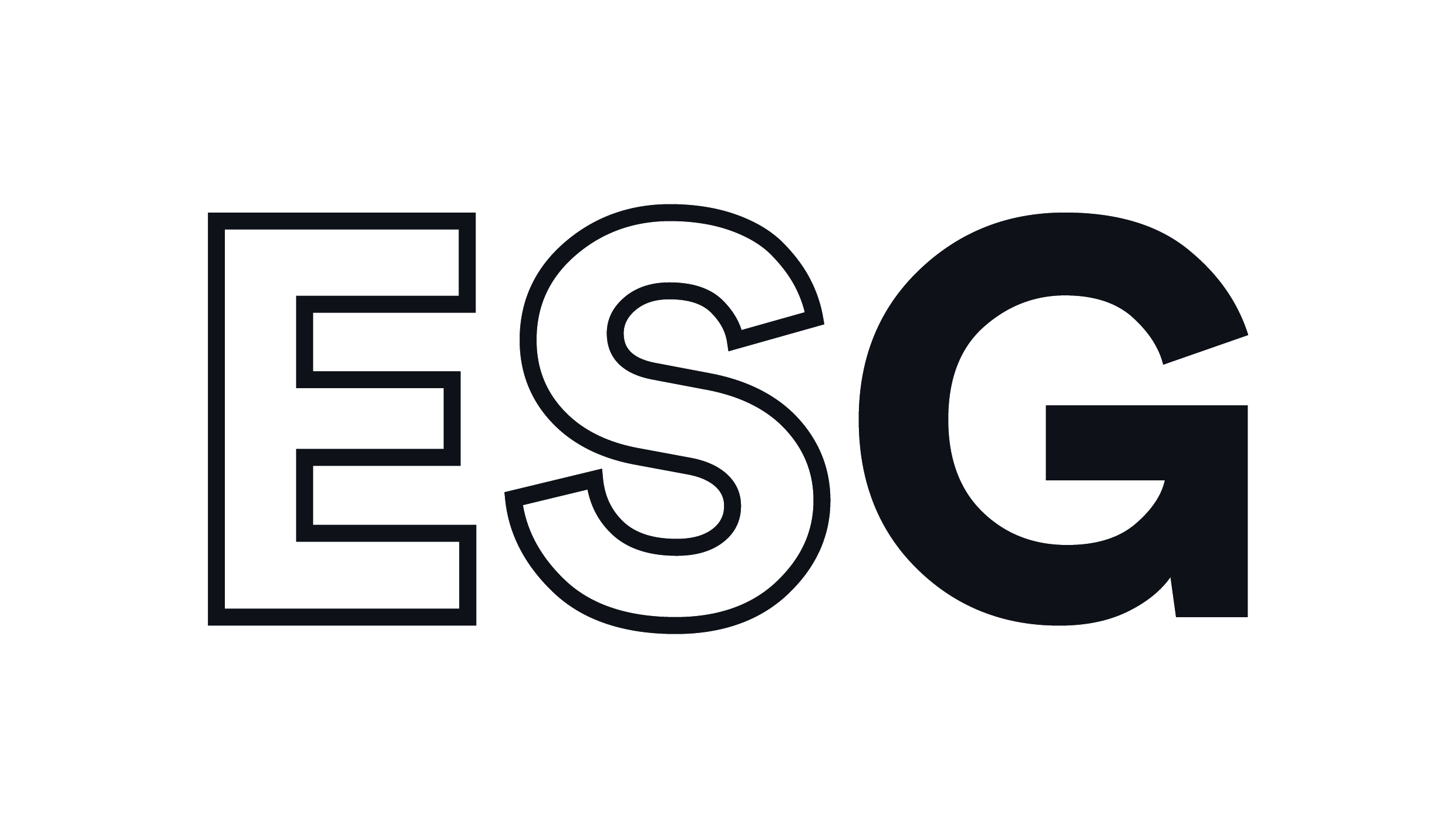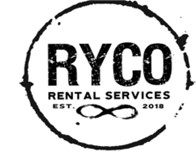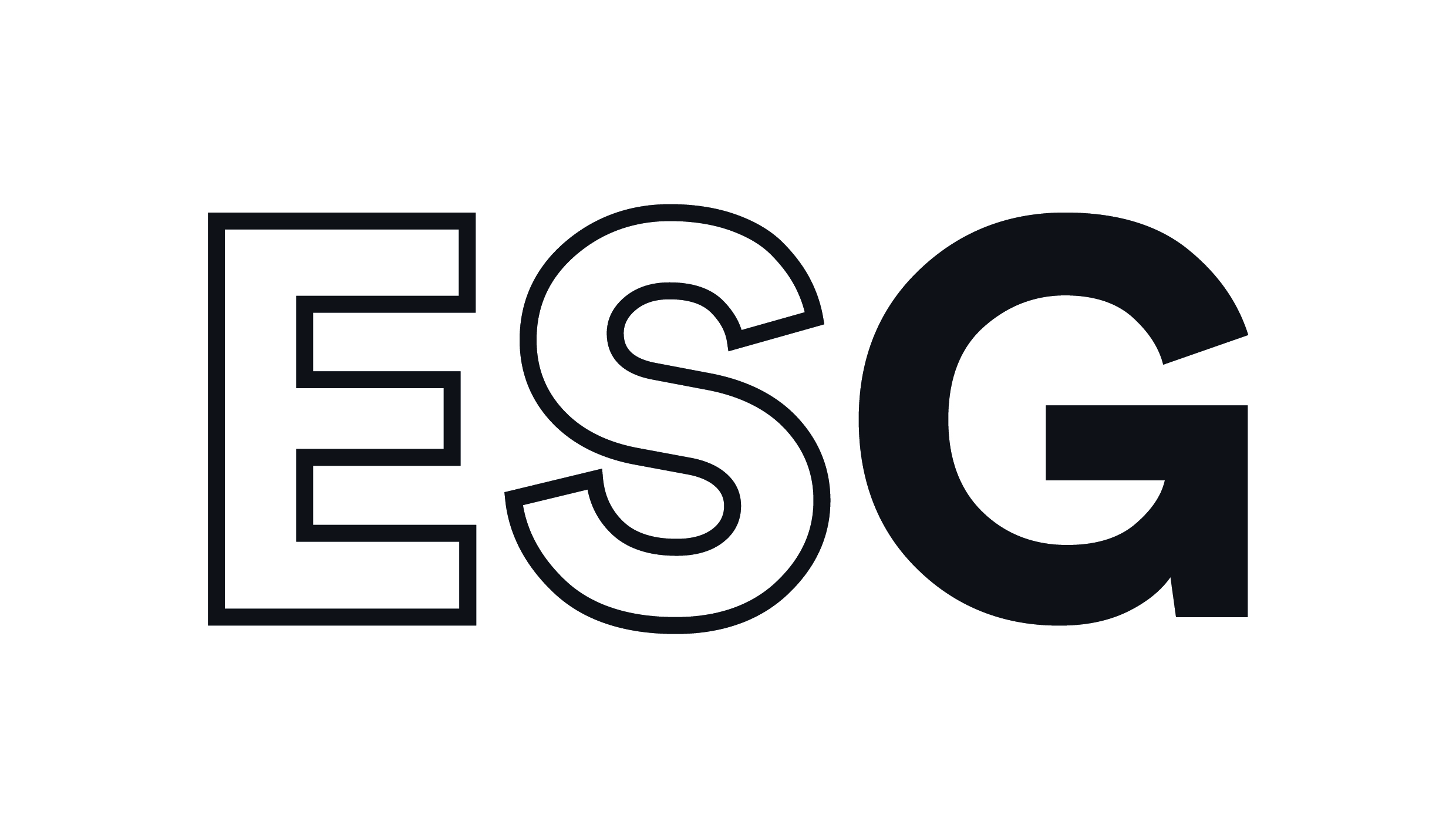Information
-
Jobsite
-
Conducted on
-
Prepared by
-
Superintendent(s)
-
Project Manager(s)
-
Project Executive
-
Audit Participants
-
Audit Reviewed with
1. General Safety Program
-
Safety manuals on site - Batson-Cook and sub's safety manuals/site specific safety plans are available on site. All manuals labeled and easily accessible. Crisis Management Plan available with site specific info.
-
Hazcom/SDS available - B-C and subs' SDS available for all chemicals on site, including chemical inventory list. All workers familiar with SDS location and general contents. Periodic spot checks done for SDS. Hazcom training conducted at least every 6 months.
-
Site specific safety plan complete - Checklist completed, site specific plan developed. Items needing follow-up addressed in a timely manner. Safety covered in intensive planning meeting. Crisis management team meeting held.
-
Employee safety orientations complete - on file for each worker on site, hard hat stickers issued. Site specific outline used. Superintendent, PM and other site management participate. Temporary labor included.
-
Subcontractor safe start meetings held - Complete, thorough, and on file for each sub. Attended by supervisory personnel, B-C superintendent, PM. Safety dept. included/consulted on high hazard subs. Competent persons documented, training cents/cards documented.
-
Daily JHA/Pre-work safety meeting complete - thorough and organized in binder(s) tabbed by subs. JHAs are spot checked for quality and sub meetings attended by B-C personnel periodically. Training information provided. Individual Daily Safety Plan books are used by B-C workers.
-
Weekly site safety meetings up to date - All workers on site participate in at least one weekly covering relevant topics. Translator provided if needed. Subs or vendors lead occasionally. Stand downs held periodically as needed.
-
Daily site safety inspections up to date - Complete and thorough, deficiencies noted and resolved. Person completing must have adequate training (at least 10 hour). PM conducts weekly. Rotate among other site supervisors, if applicable.
-
Incident investigations promptly completed - Submitted in a timely manner, follow-up where needed on action items. Promptly reported to Safety Dept. and Liberty Mutual, if necessary. Thoroughly investigated, root causes determined. Witness statements, photos, diagrams, and any other supporting docs included.
-
Near misses reported and investigated - an environment is created where near misses are reported and analyzed. Discuss in orientation, toolbox meetings and sub meetings. Reports forwarded to Safety Dept. Near misses submitted as Flash Alerts.
-
Previous Safety Action items resolved - All items completed and documented, information sent to Safety Manager and closed out in iAuditor in a timely manner. Discuss in toolbox meeting and sub meeting.
-
Required notices posted - OSHA poster and worker's comp. notice (if applicable) in English and Spanish in a conspicuous place. OSHA 300A posted from Feb.-Apr. Emergency info, hospital directions and evacuation route (if applicable) posted.
-
Enforcement/incentive documented - Evidence of enforcement of safety rules, copies of safety orders kept on file. Workers/Subs positively recognized for excellent safety performance. PM participates.
-
All safety documentation current, organized - All safety documentation kept in labeled binders, readily accessible for review. Any documents maintained electronically must be easily accessible.
-
Supervisory training up to date - All safety training courses for project supervisory personnel up to date according to B-C requirements. Continuing education through local safety conference, seminar, focus meetings, or other training, as available. Safety Training Plan is developed and on schedule.
-
Craft training up to date. All Batson-Cook carpenters and laborers on the project have completed 10 Hour Construction Safety training and all other training identified in the Safety Training Plan.
-
Safety covered, documented in sub meetings - Discussion of safety issues in sub meetings, documented in minutes. Photos or PowerPoint included if office set up allows. Safety is first item on the agenda. Include audits, safety action report. Meetings start with a Safety Short.
2. General Site Safety
-
PPE compliance - Hardhats, safety glasses, hi-viz vests or shirts, boots, proper clothing worn. Gloves, ear plugs, dust masks, face shields, PFDs, etc., worn as needed. Requirements apply to visitors. Yellow hardhats for new hire B-C hourly field employees.
-
Fire protection - Adequate portable fire extinguishers available for general use. Located, identified, fully charged and tagged. Weekly inspection report completed. Proper usage (P.A.S.S.) covered in tool box meetings. Smoking, if allowed, is limited to designated areas.
-
Safe storage of materials, floor loading - Material stored in a stable and secure manner, away from edges and openings, and in accordance with floor loading capacities. Floor loading capacities for elevated floors are known and displayed, if applicable. Smaller items stored in racks, bins, carts, etc., off the floor. Flammable/combustible materials are stored so as to not create a fire hazard.
-
Signage - Ample signs posted at all site entrances, along perimeter fences, at offices and other appropriate areas. Hazard warnings in English and Spanish. Signs maintained in good condition. Emergency shut off switches/valves clearly identified. Safety information is posted at common areas such as buckhoist ground landings. Signs direct visitors to report to jobsite office.
-
Site security - Adequately secured by fencing, lighting, video/alarm system and/or security guard according to risk assessment. Equipment and stored materials are protected. Mobile equipment is secured, keys removed. Tower crane access is secured.
-
Visitor management - A visitor log is maintained in the office. All visitors sign in upon arrival to the jobsite. Visitors are escorted when in construction areas.
-
First aid supplies - First aid kit is stocked according to approved list in Safety and Loss Control Manual. Additional kit(s) available at site if needed. AED available, training provided, if applicable.
3. Housekeeping
-
General cleanliness - Overall evaluation of site housekeeping, debris and waste management. Jobsite is immaculate, including construction area, office, storage areas and any other parts of the site. No trash or scrap hits the floor.
-
Adequate trash containers - Properly sized receptacles available in all areas where debris is generated. Subs provide an appropriate trash bin in all areas/floors where they are working.
-
Debris removed promptly - A system is in place to contain debris as it is generated and transfer it to dumpsters as needed. Trash containers are emptied as they become full. Management of debris is discussed in Safe Start meetings, JHAs and sub meetings.
-
Break areas kept clean - Food wrappers, cans, water bottles, cups, etc., not thrown on the floor or ground. Designated areas for lunch/breaks. Food trash receptacles are covered and do not create a vermin hazard.
-
Nails removed or bent down - All nails pulled (preferably) or bent over as boards are taken apart, rails taken down, floor hole covers removed, etc.
-
Spills cleaned up promptly - Any spilled or leaked liquid is contained and does not create a hazard. Material is dried up as soon as possible and disposed of properly. Sorbent supplies are on hand based on potential for jobsite or environmental impact.
-
Tripping hazards controlled - No small pieces of conduit, rebar, all-thread, etc., are on the floor. Stationary objects in the floor such as stubs, anchor bolts, or depressions are clearly marked.
-
Exits, stairs, ladder ways, corridors, and other walk paths kept clear - High traffic areas cleaned frequently. No debris, no storage of materials, no cords across the floor. Emergency exits are clear of any impediment.
-
Site perimeter clean - No debris along fence or perimeter area of site. No construction debris is on adjacent property or street/right of way approaching site entrance. Vegetation is properly maintained, if applicable.
-
Storage areas clean and organized - Offices, conexes, storage rooms, gang boxes, etc., are clean and organized, materials and supplies are in order, labeled and stored appropriately. 5S procedures are used.
-
Dumpster, trash chute area separated from walkways, vehicle parking, etc.. Trash chute discharge area is protected so that falling debris does not pose a hazard to personnel. Debris is not allowed to overflow out of the dumpster(s).
-
Re-usable materials organized - Forms, lumber, cable and other re-usable items are stored in an organized manner. Materials are recycled if possible.
4. Fall Protection
-
Guardrails, cables properly installed and maintained - Rails and/or cables are tight, marked as required, and constructed and maintained properly. No sharp edges, protruding nail heads, or trip hazards.
-
Toe boards or mesh in place - Elevated floors have protection to prevent falling objects. Toeboards or equivalent are installed and maintained on all open sided floors and around interior openings.
-
Tie off when applicable - All workers exposed to 6 feet or greater fall hazard are 100% tied off. Site specific plan including rescue provisions is available.
-
Anchorage points adequate - Anchorage is capable of supporting 5000 lbs. per worker. Clearance to obstructions below must be considered, as well as pendulum effect. Anchorage points are planned for in advance. Documentation is available for manufactured devices and systems.
-
Inspection of fall protection equipment - All harnesses, lanyards and anchorage devices must be inspected daily and taken out of service if defective or damaged. Inspections are documented. Fall protection equipment is stored and maintained properly.
-
Falling object protection - Orange mesh in place along edges of elevated floors. Tool lanyards used and work practices in place to minimize falling object hazards. Canopy at entrance areas, barricades to limit access to ground floor perimeter. Organize work away from overhead hazards.
-
Rebar caps in place - All exposed vertical rebar is equipped with caps or equivalent protection. Any horizontal rebar that presents a hazard is bent or capped. Any other impalement hazards are protected.
-
Floor hole covers secured and marked - Floor holes covered. Covers are capable of supporting twice potential load. Covers are secured against accidental displacement and labeled.
-
Stairways and shafts guarded - Guarded by rails, cables, covers, netting, etc. Temporary rails are in place for stairs in use. Pans are filled to prevent trip hazard.
-
Fall protection training, documentation - Effective training covers installation, inspection, use, and limitations of fall protection systems in use on site. Documentation of training is available for review. Vendor fall protection demonstration is conducted where available.
5. Trenching and Excavation
-
Description (dimensions, purpose, protective measures)
-
Proper sloping and shoring - Soil type is documented and sloping/benching is appropriate for soil type. Protective system for any excavation of 20' or more is designed by a P.E.
-
Means of egress - Ladder or ramp is available within 25' of all workers in trench/excavation 4' deep or greater.
-
Utilities located and marked - Prior to any digging UPC is contacted to mark all underground utilities. Tickets are up to date and markings are maintained.
-
Spoil clearance and falling object protection - Spoil placed at least 2' back from all areas of the excavation. No material is stored or vehicles parked near the edge. Vibration from adjacent equipment operations is monitored so as to not create a hazard.
-
Competent person inspection - Documented daily inspection completed, more often if necessary due to weather or other factors.
-
Pedestrian and traffic control/barricades - Barricade open excavations with material appropriate for exposure. All excavations must be well marked.
6. Scaffolding, Lifts and Ladders
-
Scaffold railing complete - Top rail and mid rail on all open sides and ends when 6' high, or lower when possible. Rails are maintained in hoisting areas. Rails are properly attached and designed for the scaffold system.
-
Scaffold footing solid - Mud sills (if on ground) and base plates always. Ground capable of supporting scaffold, level, no undermining or shifting of bearing surface. No unstable materials used to support scaffold. Wheels locked on mobile scaffolds.
-
Access ladder provided - Ladder frames or clamp on ladder for access. No climbing on braces or non-ladder frames.
-
Planking complete, not damaged - Approved planking, inspected before installation. No splits, cracks, saw marks or other damage. Planking has proper overlap and is adequate for the load.
-
Scaffold tied in to structure, if applicable - Adequate number of ties and rigid braces based on height, width. Ties are constructed of appropriate material. Proper height to minimum base width ratio for mobile scaffolds.
-
Plumb and square, cross braces complete - Set up plumb and square, adjusted as needed. Cross braces on all sections.
-
Inspected by competent person - Documented daily inspection of all scaffolds. Tag system in use. Inspections are submitted and maintained in completed safety forms binder.
-
Scissor/boom lift used properly - Rails complete, occupants stand on floor of lift. Tie off in boom lift and in scissor lift when floor extended. Set up on level surface. Operators have documented training and conduct documented daily inspections.
-
Ladders inspected and used properly - Step ladders spread out and locked, top and top step not used. Proper angle (4:1) for extension/job made ladders. Set up on flat, stable surface. Maintain 3 point contact when climbing. Daily inspection by competent person, preferably documented. Rungs free of oil/mud.
-
Ladders tied off, extended 3' above landing - Ladders tied off at top and blocked at base if necessary. Extension/job made ladders must extend 3' above landing. Upper landing guarded by parapet or offset rail.
-
Suspended scaffold inspected, used properly - Daily documented inspection of platform and topside rigging/counterweights by competent person. Lifeline set up and maintained properly.
7. Electrical
-
GFCI provided as needed - GFCI protection provided on all temporary power, including generators. When on permanent power GFCI pigtails are used.
-
GFCI inspections current - All GFCI devices are inspected weekly, documented. Inoperable GFCI devices are tagged and replaced.
-
Cords free from damage, approved type - All extension and equipment cords have ground intact (if not double insulated), strain relief intact, and are free from cuts or other damage. Cords are proper gauge for amp load. No flat cords.
-
Temporary panels, outlets guarded - Covers in place, knockouts intact or blanked. All circuits in use are labeled.
-
Adequate temporary lighting - Lighting sufficient in all areas, especially corridors, stairs and egress areas. Temporary lights have guards installed, sleeves on any tube-type bulbs.
-
Temporary wiring protected from damage - Extension cords are positioned so as to minimize exposure to damage. Cords are not exposed to sharp edges such as metal studs. Extension cords elevated as feasible. Temporary lighting wires are supported properly.
8. Cranes and Rigging
-
Description of equipment on site
-
Initial inspection completed - B-C crane inspection completed. Current annual certification up to date with documents available. Post assembly inspection completed, if applicable. All inspections are maintained in the Crane Safety binder.
-
Daily inspections completed - Daily inspections are complete, up to date, and kept in Crane Safety binder. Any items noted on inspections must have resolution documented.
-
Operator NCCCO certified - Operator has current NCCCO certification for type of crane in use. A copy of the operator's certification card is kept in the Crane Safety binder.
-
Power line hazards addressed - Power line hazard assessed, voltage determined. Planning meeting conducted if power line hazard is present. Demarcation line is clearly visible and maintained. A spotter or other approved measure is in place where required.
-
Controls, limits, anti-two block - All controls and safety devices are operable and in use. Anti-two block is installed and operable on all cranes.
-
Rigging plan submitted and reviewed - Rigging plan completed and reviewed. A copy is maintained in Crane Safety binder. Rigging plan is updated as additional information is received.
-
Rigger trained, designated - Designated riggers identified. Training/certification is documented and available for review. Rigging practices are appropriate for load types and site conditions. Riggers on site are identifiable by hardhat marking, different color vest, etc. Whistles or horns are used to warn of overhead loads in the area.
-
Rigging in good condition, inspected daily - All slings, hooks, shackles, specialty devices, and any other rigging in use is inspected daily. Tags are present and legible on all slings. Slings and other rigging equipment are taken out of service when conditions warrant. Weekly documented rigging inspections completed.
-
Signal person(s) trained and documented - Designated signal persons are identified and have documentation of qualified signal person training.
-
Outriggers/mats used properly - Outriggers set up according to crane manufacturer's instructions. Solid mats used to distribute load under outrigger pads.
-
Swing radius guarded - Rope with flagging used to completely guard swing radius. Access is prohibited in areas where crushing hazard exists.
-
Tag lines used - Tag lines used on all loads. Tag lines must be adequate length and cannot be metal or material that could cause lacerations. Some loads may require multiple tag lines.
9. Heavy Equipment
-
General condition - Gauges, tires, horn, brakes, mirrors, windshield, safety devices, etc., in good condition. All hazard warning decals are clearly visible. Daily documented inspection is conducted prior to use.
-
Backup alarms working - All equipment with obstructed view to the rear has back up alarm. Alarm is loud enough to provide adequate warning. Alarm is tested daily.
-
Operator trained and qualified/certified - All operators are trained on safe operating procedures for equipment in use. Training is documented and available for review. Certifications provided where applicable.
-
Equipment operated safely - Loads secured properly. Equipment is operated within limitations and according to manufacturer's operator manual. Any attachment/accessories are approved for use with particular model. Any overhead powerline hazard is addressed. Seat belts used at all times.
10. Welding and Cutting
-
PPE (welding helmet, apron, gloves, etc.) - Proper PPE available and worn. PPE is inspected daily and stored properly. Shade number is adequate for type of welding/cutting.
-
Fire protection, watches, permits - Permit is complete and present at the work area. All flammable material is removed from the area or covered with fire blankets. Additional fire extinguishers are immediately available. Fire watch is assigned at all affected levels.
-
Cylinders used and stored properly - Oxygen and acetylene cylinders are secured in an upright position. Stored cylinders are capped and separated as required.
-
Proper ventilation provided - Natural, forced air and/or local exhaust ventilation is provided. Generators are located to exhaust fumes out of breathing zone.
-
Regulators, torches/hoses, flash arresters - All components are maintained in good condition and used properly. Defective equipment is taken out of service, tagged or removed from the site, and replaced.
-
Welding screens in place where needed - Screens are available on site, used in all instances where exposure to other workers or the general public is possible.
-
Leads in good condition, lugs protected - Leads are inspected and maintained in good condition with no exposed wire. No repairs within 10 feet of end of lead. Lugs are covered to prevent accidental contact.
11. Miscellaneous Safety
-
Buck hoist set up and inspection - Landings properly constructed. Ground area has interlocking access gate. All buck hoist safety switches are operable. A documented inspection is conducted each day before the hoist is put into service. Manufacturer's maintenance and lubrication schedule is followed.
-
Lockout-tagout when needed - Lockout/tagout program for applicable operations such as electrical rooms, elevator related work, buck hoist maintenance, heavy equipment maintenance, etc. Training conducted for all affected personnel with documentation available for review.
-
Confined space hazards evaluated - Any confined spaces are evaluated/tested for hazards. Entry events are planned and coordinated with all affected parties. Site specific training is conducted and a permit system is used for any entry events.
-
Public protection systems maintained - Barricades, covered sidewalks, adequate signage, etc., are in place to protect public from construction hazards. Perimeter fencing does not create a hazard for pedestrians or vehicles. An ANSI A10.34 survey has been conducted and documented.
-
Traffic control, lane closures - A traffic control plan has been developed. Any lane closures are marked according to the MUTCD. A trained flagger is in place as needed to direct traffic. Provisions are made for nighttime operations.
-
Steel erection practices - Assembly and anchorage of beams, columns, and joists are performed in accordance with Subpart R. Multiple lift rigging assembly is used when lifting multiple members at once. Site specific erection plan is established.
-
Masonry walls braced, safe zone - All block walls over 8 feet high are braced with approved material. A safe zone is established on the non-scaffolded side until braces are installed. Mason is familiar with and uses MCAA standard practice.
-
Proper manual lifting procedures - Lifting is done using legs with minimal twisting. Heavy lifts require more than one person. Mechanical lifting devices are employed as often as possible. Training is conducted for all personnel on site.
-
Guards in place on power tools - All power tools have guards in place - circular saws, table saws, mitre saws, chop saws, band saws, angle grinders, bench grinders, etc. Guards in place over belt and pulley, chain and sprocket, or other pinch points.
-
Power tools used properly - Material is supported on a stable platform. A proper work station is set up and used for cutting, drilling, or sanding. Material is not held or supported with any part of the body.
-
Fuel stored on site properly - Fuel storage tanks have spill containment. A dedicated fire extinguisher is available 75 feet away from tank. Metal safety cans are used for small quantity storage.
-
Concrete pumping procedures - Concrete pump operators are certified by ACPA. Daily documented inspections are conducted by the operator. All safety features are in place and operable. Overhead powerline hazards are addressed.
-
Blasting operations - All blasting operations are conducted according to industry standards and local State Fire Marshall requirements. Written blasting plan submitted, pre and post blast surveys conducted, seismic monitoring performed, certified blaster directs all related activities.<br>
12. Health and Environmental
-
Sanitary facilities and potable water - No less than one toilet provided for every 20 workers on site. Toilets are maintained in very clean condition, located in work area, and provisions made for female workers. Hand washing facilities available. An ample supply of potable water with disposable cups is provided.
-
Noise/hearing conservation - Hearing protection is provided and required for all operations at or over 85 dB. Tools and equipment are chosen that minimize exposure to high levels of noise.
-
Ventilation/air contaminants - Natural, forced air and/or local exhaust ventilation is provided in areas where air contaminants are generated. Testing is conducted as necessary to assess exposure level.
-
Stormwater, silt fence, filters - Stormwater plan is in place with BMPs installed and maintained according to plan. Documented inspections conducted daily. Site personnel have current NPDES certification as required.
-
Silica dust control - Wet processes or vacuum attachments are used for concrete cutting, grinding, and chipping, and rock drilling. Table 1 procedures are followed. A written Exposure Control Plan is in place. All affected personnel have been trained in silica hazards and prevention.
-
Water intrusion management plan followed - Wet construction materials are replaced or dried and cleaned as specified in the Water Intrusion Management Plan. Water intrusion incidents are reported and documented.
-
Heat stress issues managed - Heat stress training is conducted for all site personnel as conditions warrant. Heat related hazards are included in JHAs. Rest, water and shade are provided when heat related hazard potential exists.
-
Infection prevention plan - Infection prevention plan in place, if applicable. Binders on site. Daily inspections completed. ICRA complete and available for review. Proper signage posted. System in place to monitor negative pressure.
-
Infection prevention procedures followed - Dust control measures in place - Barrier integrity maintained, negative air machines/scrubbers working properly, filters checked, carpet/tacky mats used at exits, HEPA vac for cleaning at exits, covered debris transport by designated path.
-
Infection prevention orientation and training - Infection control orientation completed and documented for all workers. Supervisory training completed (HCC).
Company vehicle condition check
-
Company Vehicle
-
Vehicle number
-
Note any body damage, cracked windshield, worn tires, etc.
-
Photo of any damage
Additional comments
Score Values
-
10 - Best Practice
8 - Meets Minimum Requirements
7 - Minor Deficiencies
0 - Major Deficiencies
